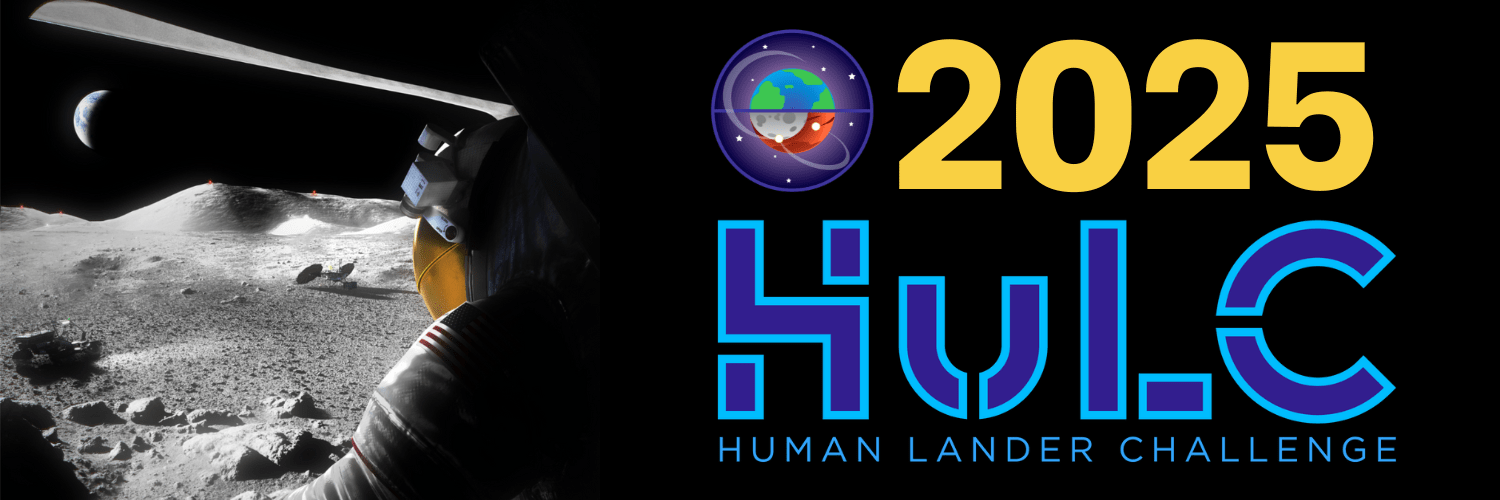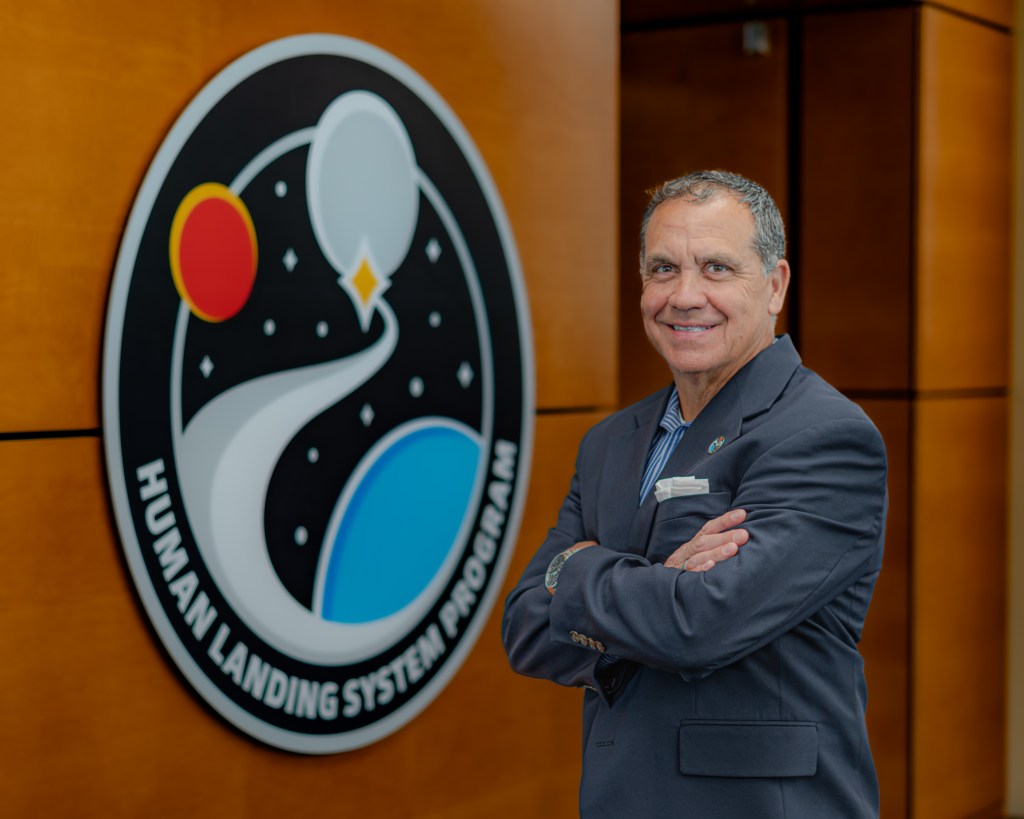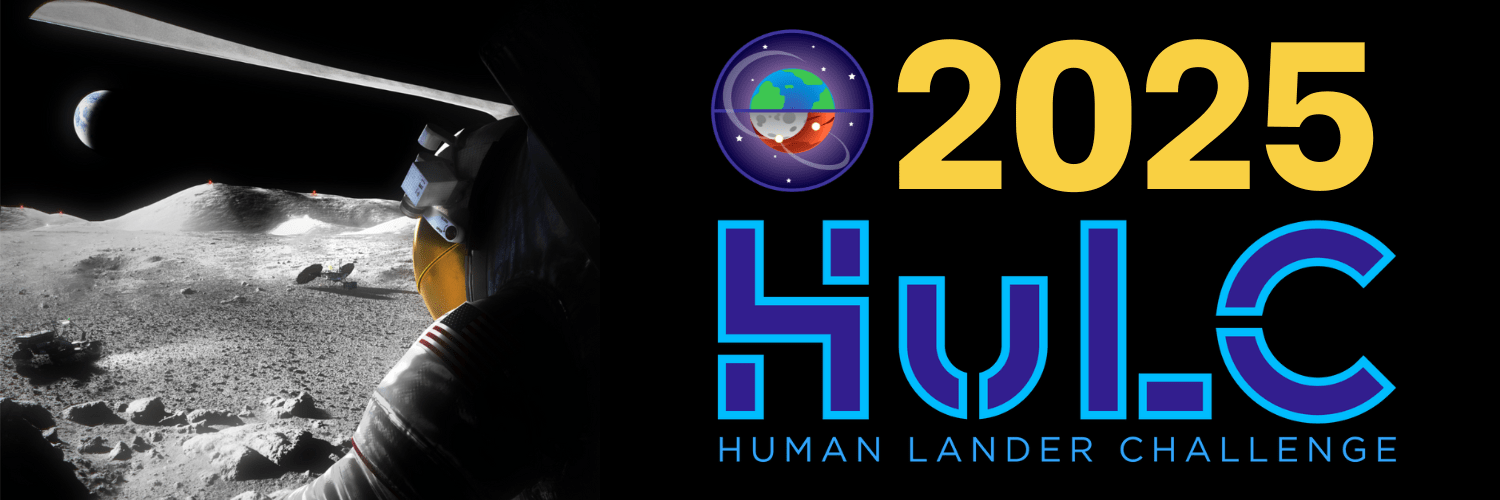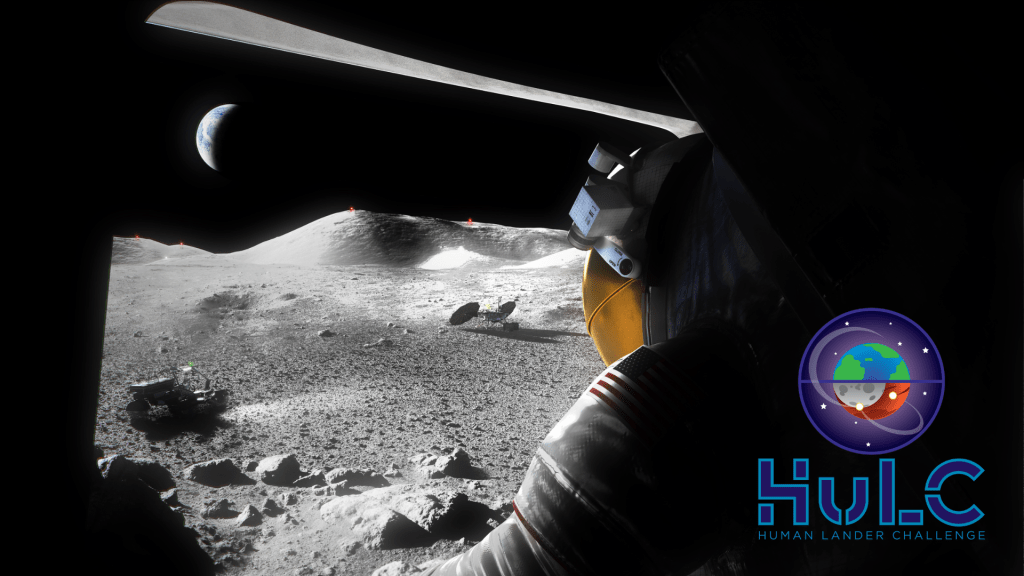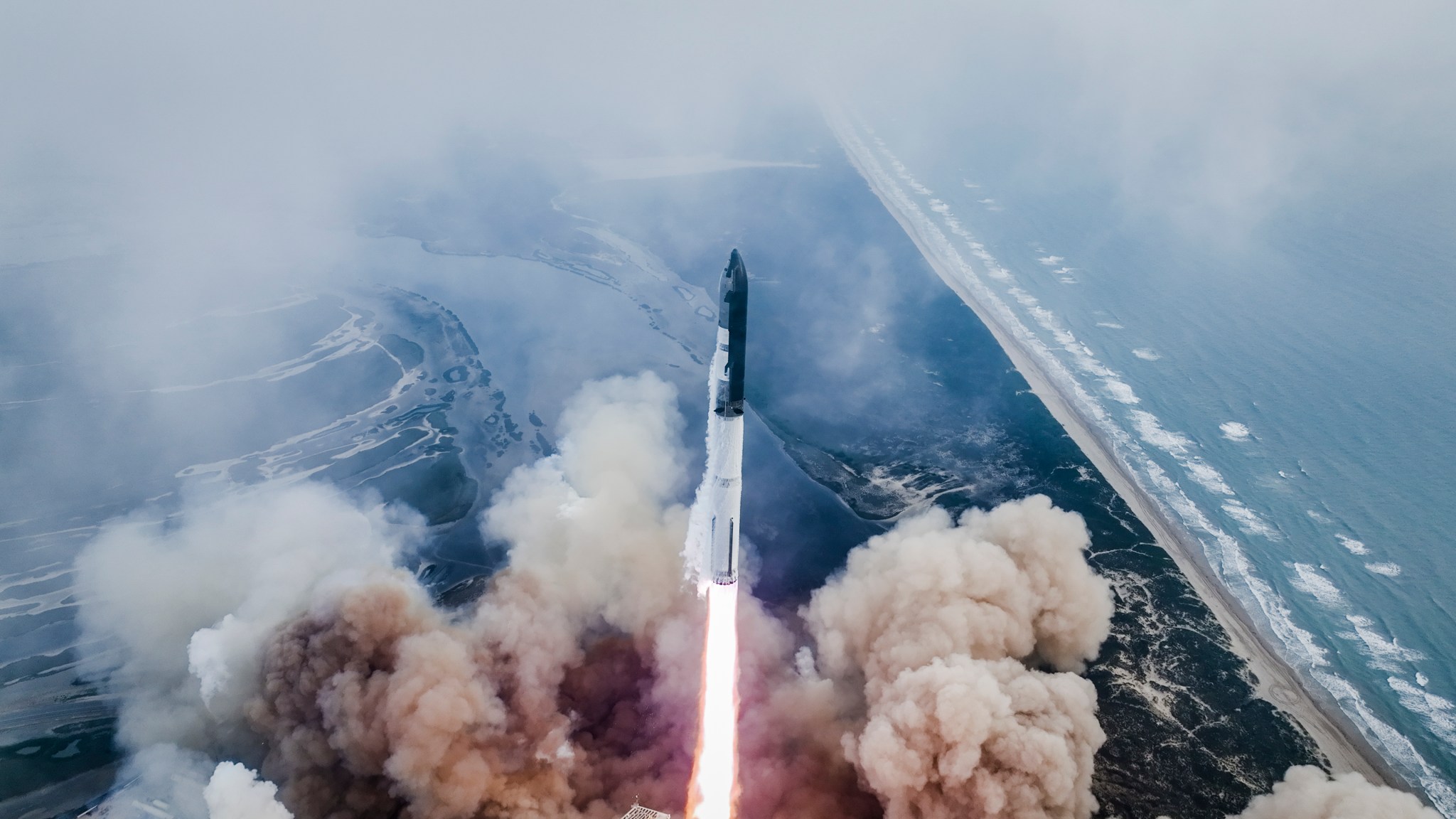4 Min Read NASA Marshall Fires Up Hybrid Rocket Motor to Prep for Moon Landings NASA’s Artemis campaign will use human landing systems, provided by SpaceX and Blue Origin, to safely transport crew to and from the surface of the Moon, in preparation for future crewed missions to Mars. As the landers touch down and lift off from the Moon, rocket exhaust plumes will affect the top layer of lunar “soil,” called regolith, on the Moon. When the lander’s engines ignite to decelerate prior to touchdown, they could create craters…
Read MoreTag: Human Landing System Program
NASA Selects Finalist Teams for Student Human Lander Challenge
NASA has selected 12 student teams to develop solutions for storing and transferring the super-cold liquid propellants needed for future long-term exploration beyond Earth orbit. The agency’s 2025 Human Lander Challenge is designed to inspire and engage the next generation of engineers and scientists as NASA and its partners prepare to send astronauts to the Moon through the Artemis campaign in preparation for future missions to Mars. The commercial human landing systems will serve as the primary mode of transportation that will safely take astronauts and, later, large cargo from…
Read MoreNASA Plans to Assign Missions for Two Future Artemis Cargo Landers
Early conceptual renderings of cargo variants of human lunar landing systems from NASA’s providers SpaceX, left, and Blue Origin, right. The large cargo landers will have the capability to land approximately 26,000 to 33,000 pounds (12-15 metric tons) of large, heavy payload on the lunar surface. Credit: SpaceX/Blue Origin NASA, along with its industry and international partners, is preparing for sustained exploration of the lunar surface with the Artemis campaign to advance science and discovery for the benefit of all. As part of that effort, NASA intends to award Blue…
Read MoreI Am Artemis: Joe Vermette
NASA HLS (Human Landing System) Program strategic communicator and U.S. Navy Reservist Public Affairs Officer Joe Vermette brings a wealth of public service to Artemis communication activities. NASA/Ken Hall Coming from a Navy family, Vermette was inspired to military service by the example of his brother, uncles and father, who admired President John Kennedy’s call to land on the Moon and for citizens to do what they can for our country. Photo courtesy Joe Vermette While some stand on the sidelines and witness history, others are destined to play a…
Read MoreStarship Super Heavy Breezes Through Wind Tunnel Testing at NASA Ames
A 1.2% scale model of the Super Heavy rocket that will launch the Starship human landing system to the Moon for future crewed Artemis missions was recently tested at NASA’s Ames Research Center’s transonic wind tunnel, providing valuable information on vehicle stability when re-entering Earth’s atmosphere. NASA Four grid fins on the Super Heavy rocket help stabilize and control the rocket as it re-enters Earth’s atmosphere after launching Starship to a lunar trajectory. Engineers tested the effects of various aerodynamic conditions on several grid fin configurations during wind tunnel testing.…
Read MoreNASA Challenge Seeks ‘Cooler’ Solutions for Deep Space Exploration
NASA’s Human Lander Challenge, or HuLC, is now open and accepting submissions for its second year. As NASA aims to return astronauts to the Moon through its Artemis campaign in preparation for future missions to Mars, the agency is seeking ideas from college and university students for evolved supercold, or cryogenic, propellant applications for human landing systems. As part of the 2025 HuLC competition, teams will aim to develop innovative solutions and technology developments for in-space cryogenic liquid storage and transfer systems as part of future long-duration missions beyond low…
Read MoreNASA Announces Winners of Inaugural Human Lander Challenge
4 Min Read NASA Announces Winners of Inaugural Human Lander Challenge NASA’s 2024 Human Lander Challenge (HuLC) Forum brought 12 university teams from across the United States to Huntsville, Alabama, near the agency’s Marshall Space Flight Center, to showcase their innovative concepts for addressing the complex issue of managing lunar dust. The 12 finalists, selected in March 2024, presented their final presentations to a panel of NASA and industry experts from NASA’s Human Landing Systems Program at the HuLC Forum in Huntsville June 25-27. NASA’s lunar exploration campaign Artemis is…
Read MoreWork Underway on Large Cargo Landers for NASA’s Artemis Moon Missions
Early conceptual renderings of cargo variants of human lunar landing systems from NASA’s providers SpaceX, left, and Blue Origin, right. Both industry teams have been given authority to begin design work to provide large cargo landers capable of delivering up to 15 metric tons of cargo, such as a pressurized rover, to the Moon’s surface. SpaceX and Blue Origin Under NASA’s Artemis campaign, the agency and its partners will send large pieces of equipment to the lunar surface to enable long-term scientific exploration of the Moon for the benefit of…
Read MoreNASA Names Finalists to Help Deal with Dust in Human Lander Challenge
NASA selected 12 finalist teams to compete in the next round of the Human Lander Challenge (HuLC) competition. In 2023, NASA invited undergraduate and graduate students from accredited colleges and universities in the United States to propose innovative solutions to manage the lunar dust a spacecraft stirs up when landing on the Moon. NASA’s Artemis campaign will establish a long-term human presence on and around the Moon for the benefit of all, and one of the challenges the agency and its partners must address is the particularly dusty aspect of…
Read MoreNASA Artemis Mission Progresses with SpaceX Starship Test Flight
SpaceX launched the third integrated flight test of its Super Heavy booster and Starship upper stage from the company’s Starbase orbital launch pad at 8:25 a.m. CT on March 14. This flight test is an important milestone toward providing NASA with a Starship HLS for its Artemis missions. SpaceX As part of NASA’s Artemis campaign to return humans to the Moon for the benefit of all, the agency is working with SpaceX to develop the company’s Starship human landing system (HLS), which will land astronauts near the Moon’s South Pole…
Read More